Balancing Innovation and Feasibility in MVP Design
Date Published

1. Introduction
1.1 Why This Balance Matters
In today’s fast-paced digital economy, the Minimum Viable Product (MVP) has become a cornerstone of software development. MVPs are the foundation for rapid product validation and agile market entry, allowing businesses to test core assumptions before investing heavily.
However, many teams struggle to strike a balance between innovation and feasibility. Lean too heavily on innovation, and you risk building a product that's exciting but impossible to deliver on time or within budget. On the flip side, over-indexing on feasibility may lead to a product that functions well but lacks the differentiation needed to stand out in a crowded market.
The consequences of this imbalance can be severe: delayed launches, wasted resources, missed opportunities, and even startup failure.
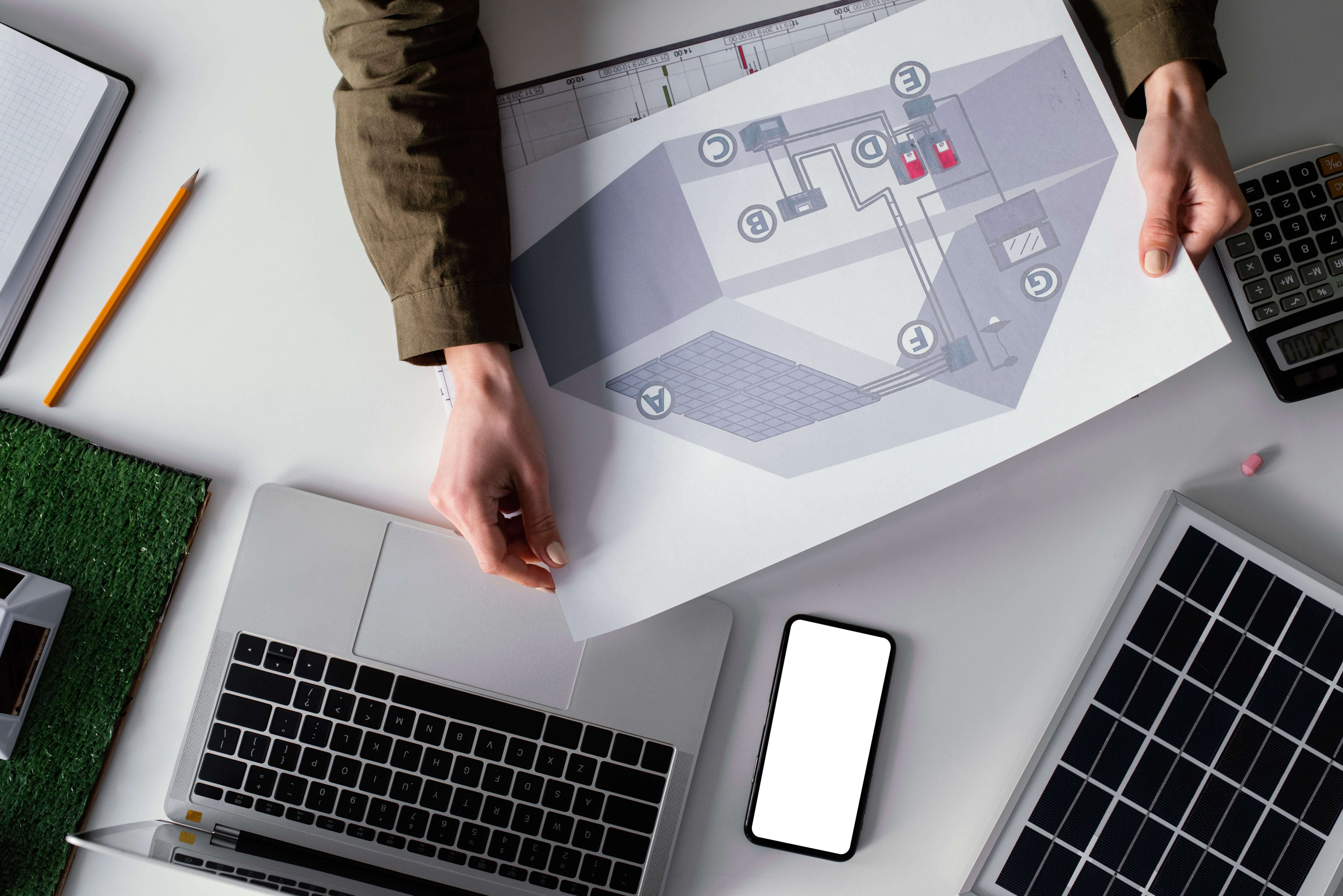
1.2 Article Purpose and Structure
This article will help you:
- Understand what "innovation" and "feasibility" mean in the context of MVPs
- Explore proven frameworks and practical strategies to balance both
- Examine technical and team dynamics involved in execution
- Learn from real-world examples
Let’s dive in.
2. Defining Innovation and Feasibility in MVP Context
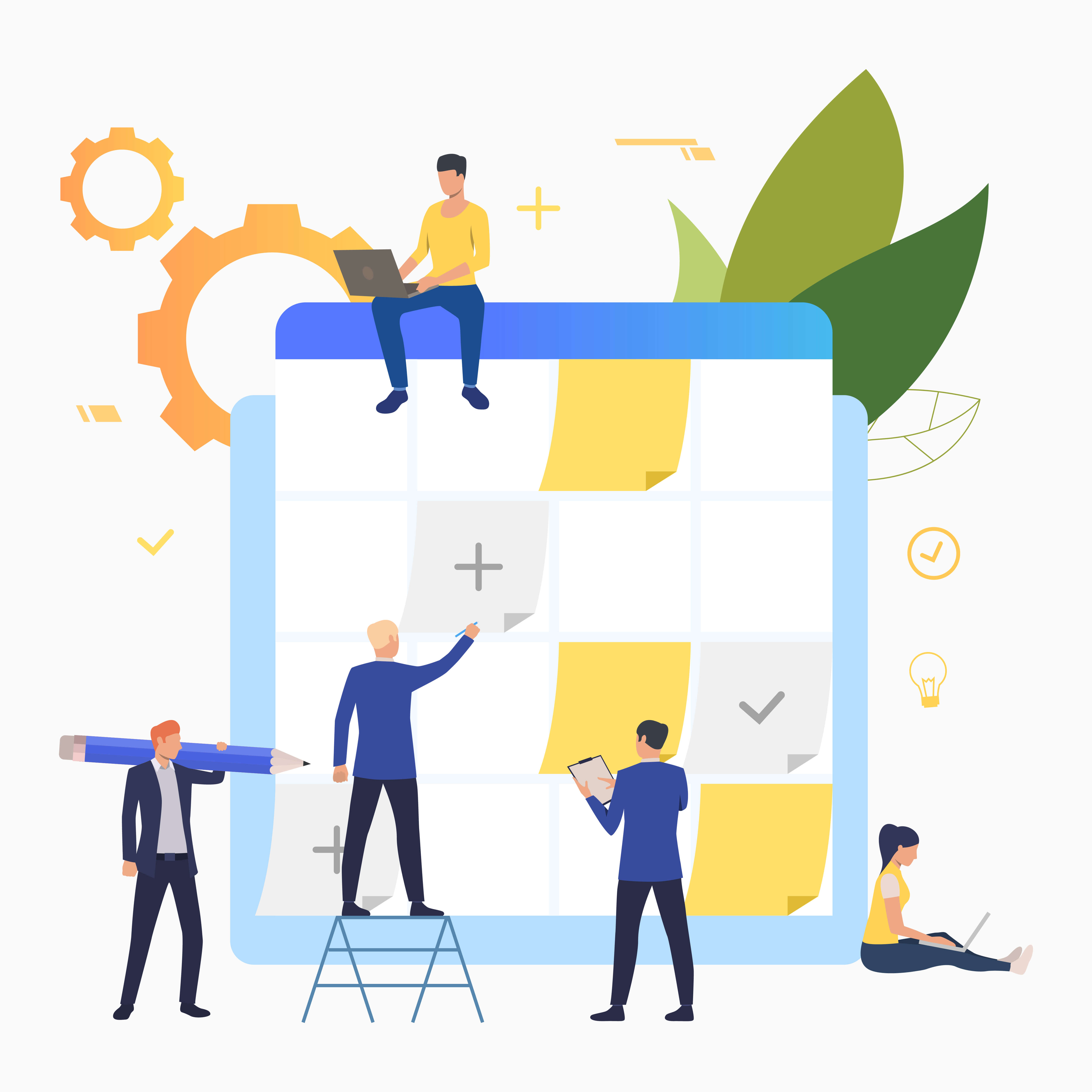
2.1 What is Innovation in MVP Design?
Innovation in MVPs typically manifests in three areas:
- Product Innovation: Introducing new functionalities or business models
- Process Innovation: Leveraging novel development or delivery methods
- User Experience Innovation: Creating intuitive, delightful interfaces
For instance, Airbnb's initial MVP offered a basic booking interface but introduced the groundbreaking idea of renting out private homes—a disruptive innovation.
2.2 Understanding Feasibility
Feasibility refers to the practical constraints involved in MVP development, including:
- Technical feasibility: Can the solution be built with current tech?
- Financial feasibility: Are the resources and budget available?
- Operational feasibility: Can your team execute and maintain it?
Ignoring these constraints often leads to scope creep, instability, and unscalable architectures.
2.3 Why the Balance is Challenging
Innovative ideas often clash with limited time, budget, and skills. Trying to build an AI-powered chatbot with real-time translation, for example, may sound exciting but may not be practical in a 3-month MVP window.
Striking this balance is essential to avoid risks like:
- Feature bloat
- Missed market fit
- Accumulating technical debt
3. Frameworks and Methodologies for Achieving Balance
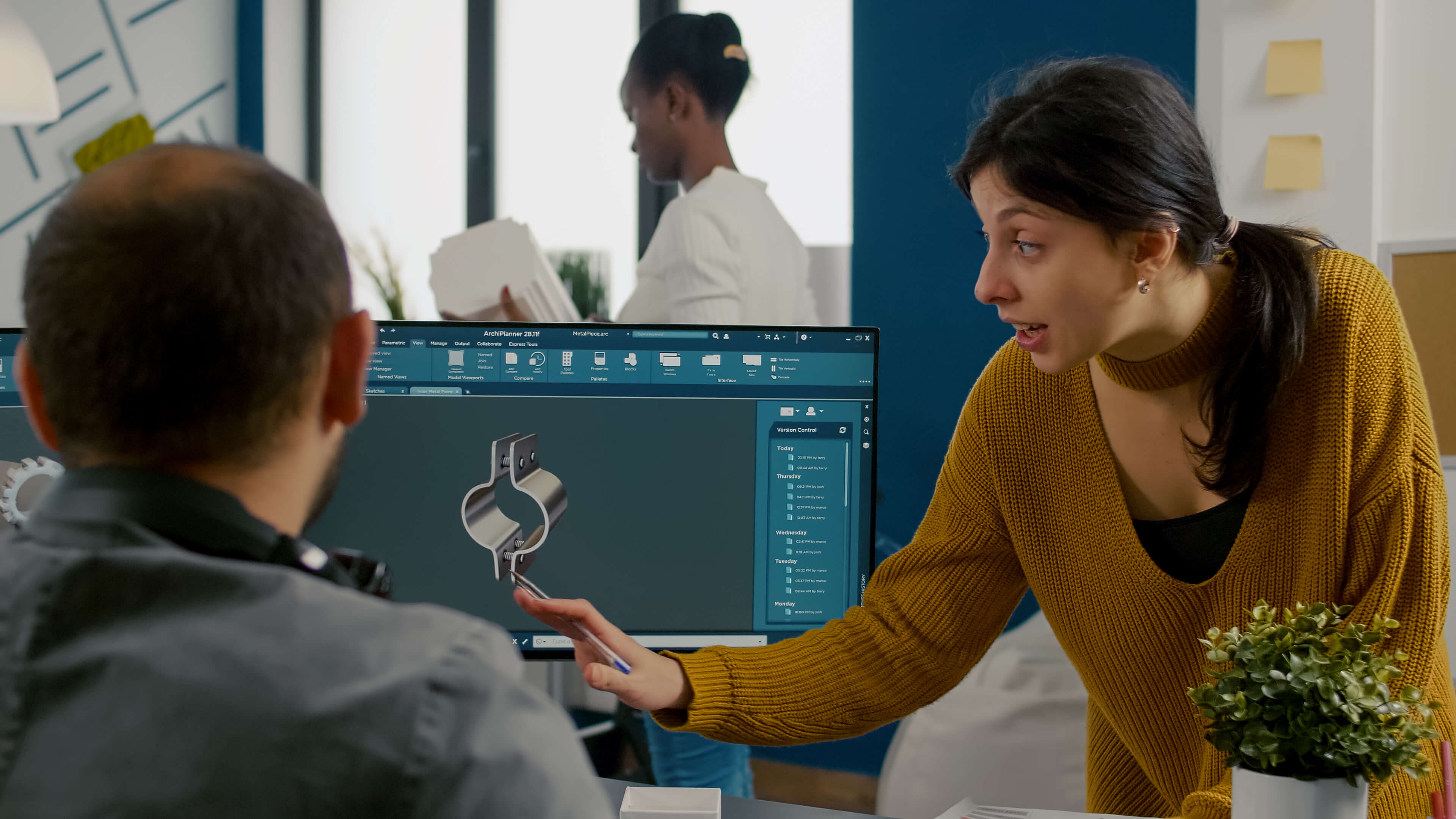
3.1 The Optimal Viable Product (OVP) Approach
An OVP goes beyond "just enough" functionality. It seeks a sweet spot: feasible delivery with maximum user value.
Benefits:
- Reduces wasted development effort
- Increases customer satisfaction
Use OVPs when you're operating in competitive markets and need early traction.
3.2 IDEO’s Desirability-Viability-Feasibility (DVF) Framework
This classic innovation framework considers:
- Desirability: Do users want this?
- Viability: Is it sustainable and profitable?
- Feasibility: Can we build it?
Applying DVF ensures that product ideas are user-centered, practical, and strategically sound.
3.3 Design Thinking and Lean Startup Principles
Combining these methods encourages:
- Empathy with end users
- Iterative development through rapid prototyping
- Validated learning via real-world testing
This hybrid approach helps bridge the innovation-feasibility gap without compromising on either.
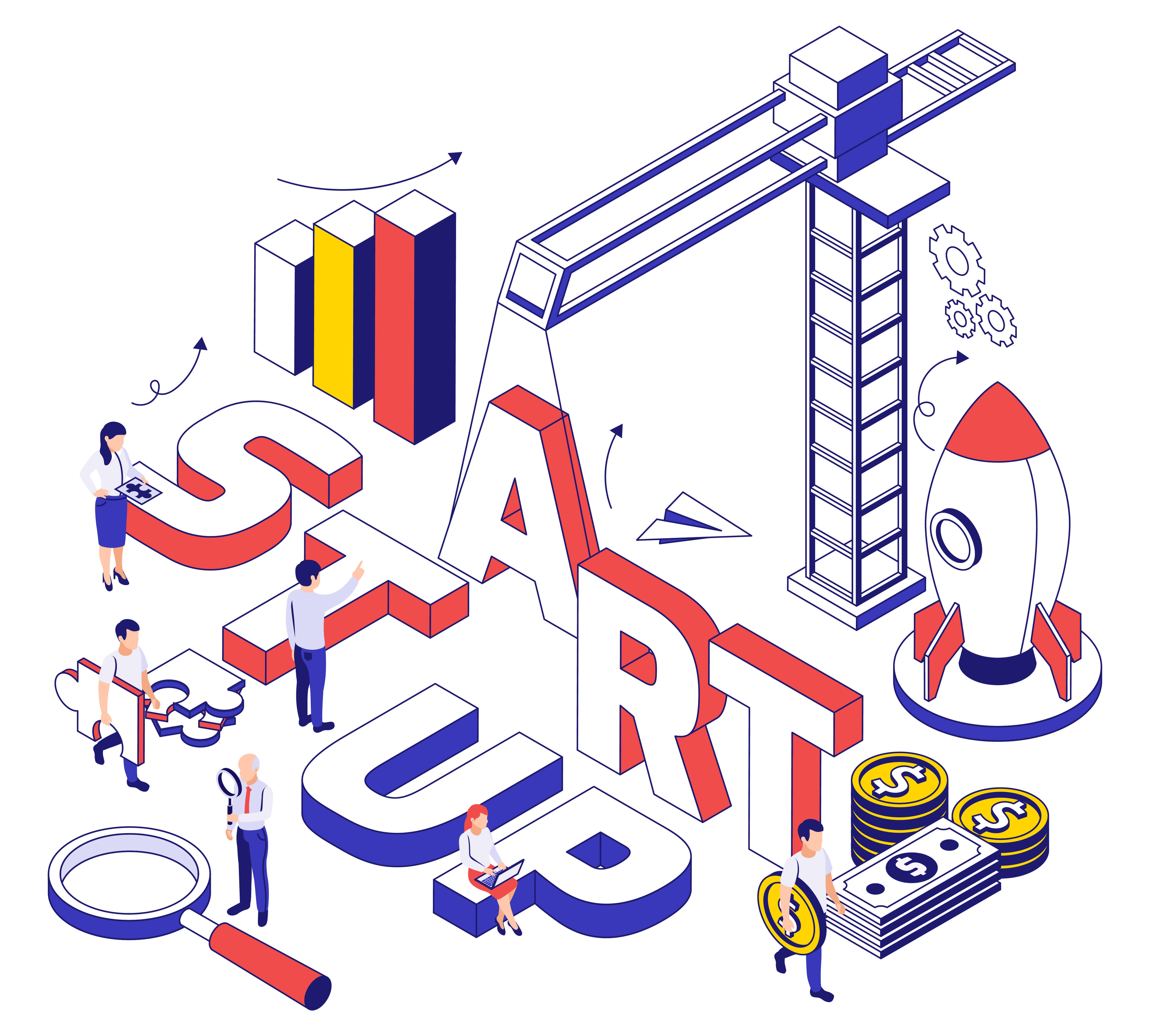
3.4 Comparison Table
Framework | Best For | Strengths |
|---|---|---|
OVP | High-stakes MVPs | Maximizes ROI on limited features |
DVF | Early-stage planning | Holistic, strategic filtering |
Design Thinking + Lean | Iterative development | Agile, user-focused, fast feedback |
4. Practical Strategies for Balancing Innovation and Feasibility
4.1 Risk Assessment and Mitigation
Before building, identify potential risks:
- Technical: Can the tech stack support it?
- Market: Is there proven demand?
- Business: Will this generate ROI?
Conduct feasibility studies or build proof-of-concept prototypes to test assumptions.
4.2 Feature Prioritization Techniques
Models like:
- MoSCoW (Must-have, Should-have, Could-have, Won’t-have)
- RICE (Reach, Impact, Confidence, Effort)
- Kano Model (Basic, Performance, Excitement needs)
Combine these with an innovation-feasibility matrix to map out which features offer the best value.
4.3 Resource and Timeline Planning
Ambition must match your resources. Allocate:
- Time: Sprints and milestones
- Budget: Tools, developers, marketing
- People: Right mix of engineers, designers, and PMs
4.4 Stakeholder Alignment
Communicate trade-offs early and clearly. Use stakeholder workshops and roadmap reviews to:
- Set expectations
- Validate priorities
- Secure buy-in from business, tech, and design leaders
5. Technical Architecture Considerations
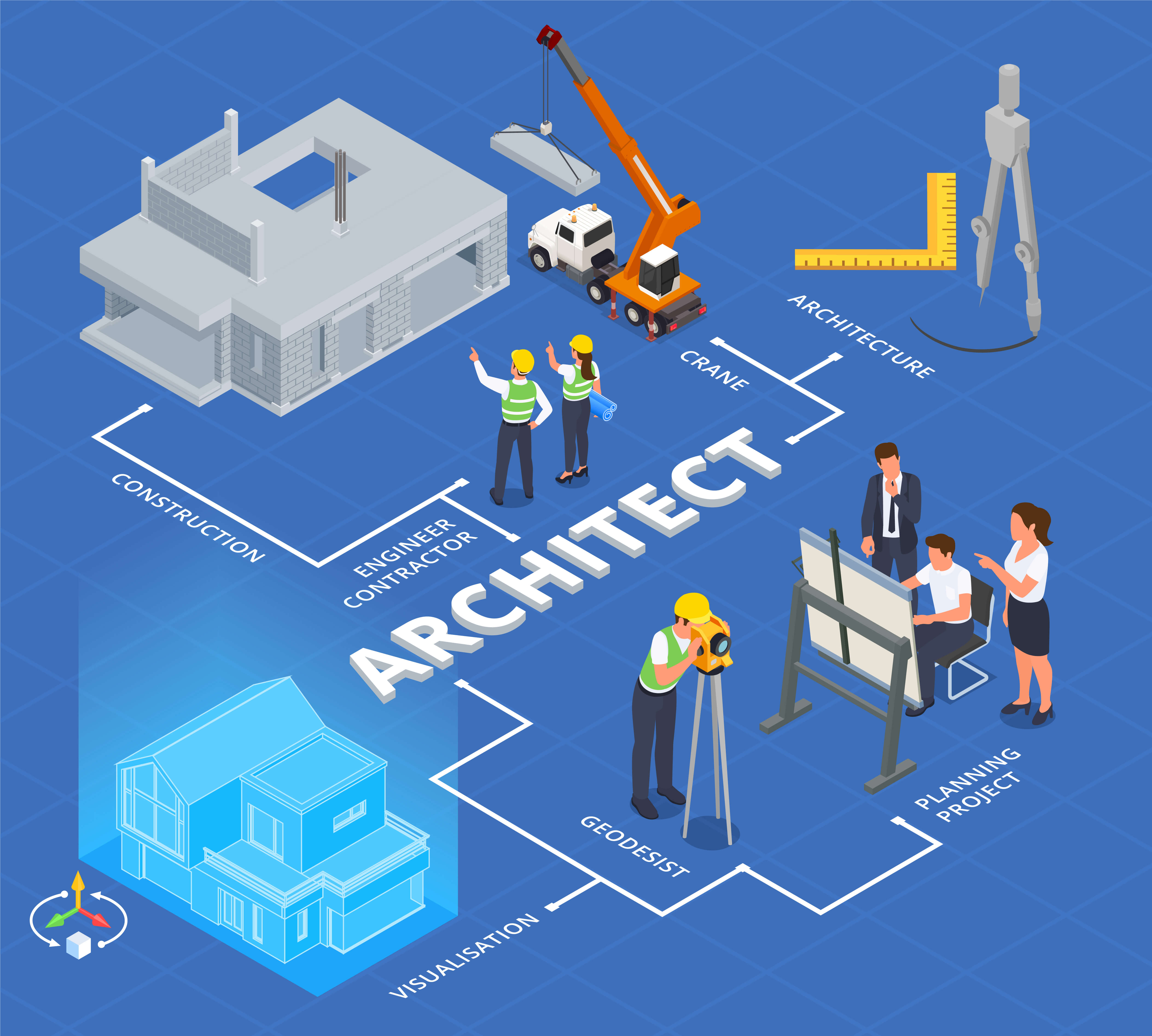
5.1 Choosing the Right Tech Stack
Don’t default to the newest tech. Choose tools that are:
- Well-supported
- Easy to iterate on
- Scalable for future needs
Examples: Microservices for modularity, low-code platforms for speed.
5.2 Scalable and Modular Design
Use API-first and modular architectures to:
- Isolate innovation efforts
- Avoid rewriting entire systems later
This enables adding innovative features post-launch without major refactoring.
5.3 Managing Technical Debt
Every shortcut comes with future cost. Mitigation strategies include:
- Continuous refactoring
- Peer code reviews
- Automated testing
6. Team Collaboration and Decision-Making
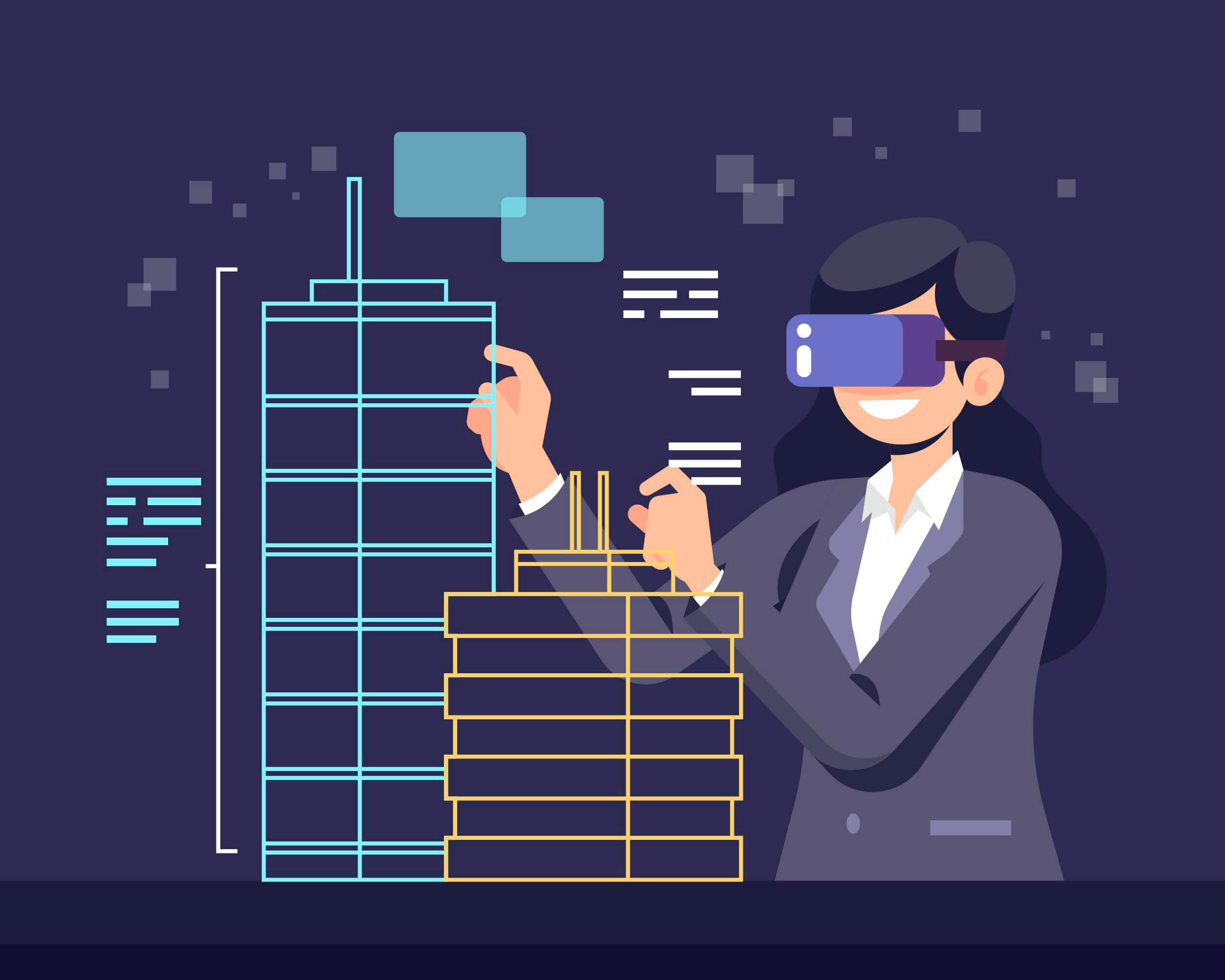
6.1 Cross-Functional Team Structure
Build a team that includes:
- Product Manager: Vision and prioritization
- Designers: UX innovation
- Engineers: Technical feasibility
- QA: Stability and performance
- Business: Market alignment
6.2 Decision-Making Processes
Use structured processes like:
- Design sprints
- Feature review boards
- Innovation vs. feasibility audits
6.3 Documentation and Communication
Use tools like Notion or Confluence to document:
- Trade-offs
- Technical decisions
- User feedback
Keep all team members aligned with regular standups and retrospectives.
7. Tools and Techniques for Supporting Balance
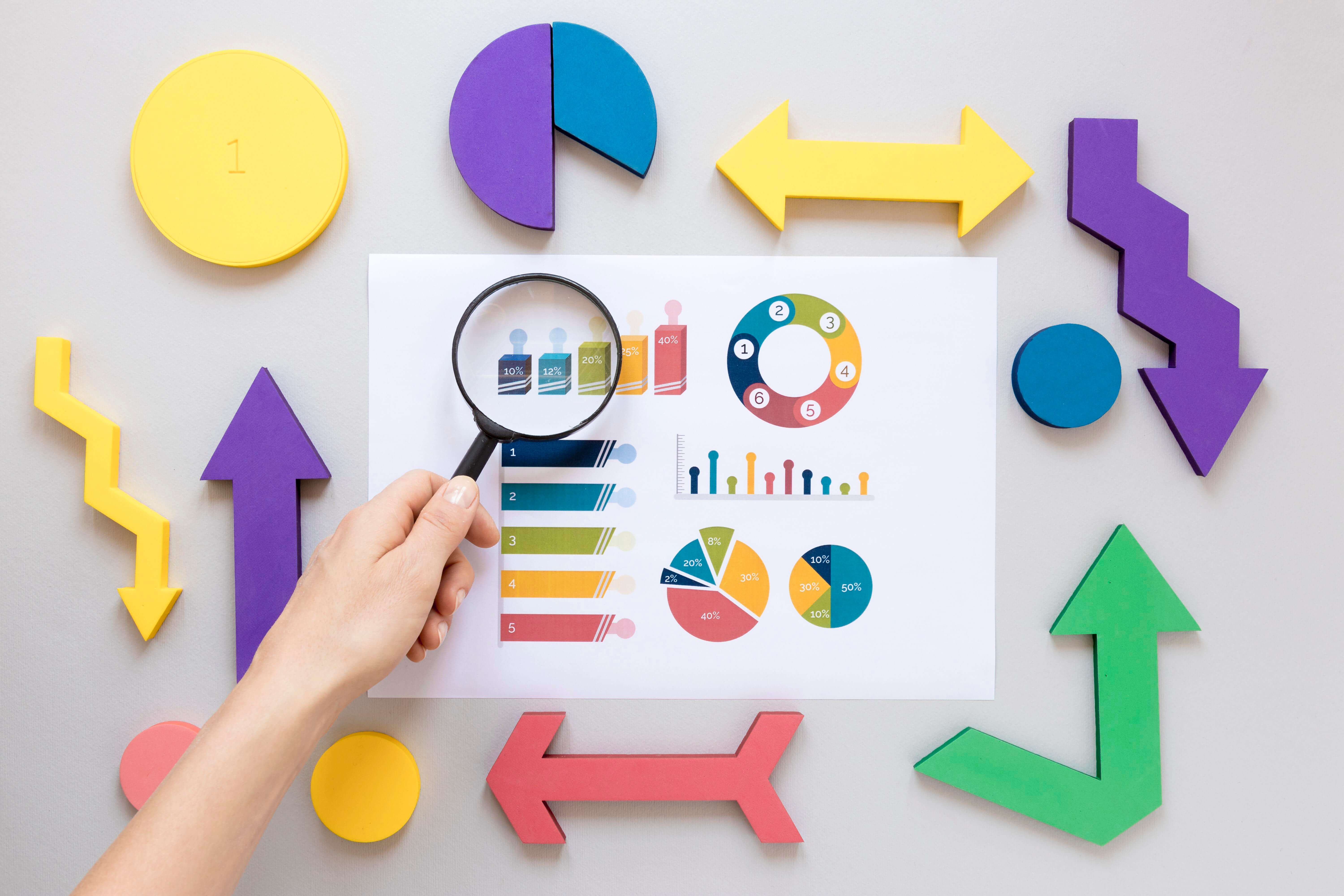
7.1 Prototyping and Validation Tools
Use tools like Figma, InVision, or Bubble to:
- Rapidly test UX innovations
- Validate ideas before full-scale build
7.2 Analytics and Feedback Loops
Post-launch tools like Mixpanel or Hotjar help you:
- Measure usage
- Collect feedback
- Iterate based on data
7.3 Collaboration Platforms
For team alignment and workflow, platforms like Slack, Jira, and Notion ensure clarity and accountability.
8. Case Studies and Real-World Examples
8.1 Enterprise MVP Example
A logistics company developed a fleet tracking MVP. Initially ambitious, they refocused using DVF, cutting non-critical features. The result? Launch within 10 weeks and a 30% improvement in route efficiency.
8.2 Startup MVP Example
A fintech startup built an expense-sharing app. Using Bubble and MoSCoW, they balanced creativity with practicality, shipping in under 3 months.
8.3 Key Takeaways
- Validate before scaling
- Prioritize ruthlessly
- Communicate constantly
For deeper insights, check out this in-depth overview of advanced MVP strategies.
9. Measuring Success: KPIs and Continuous Improvement
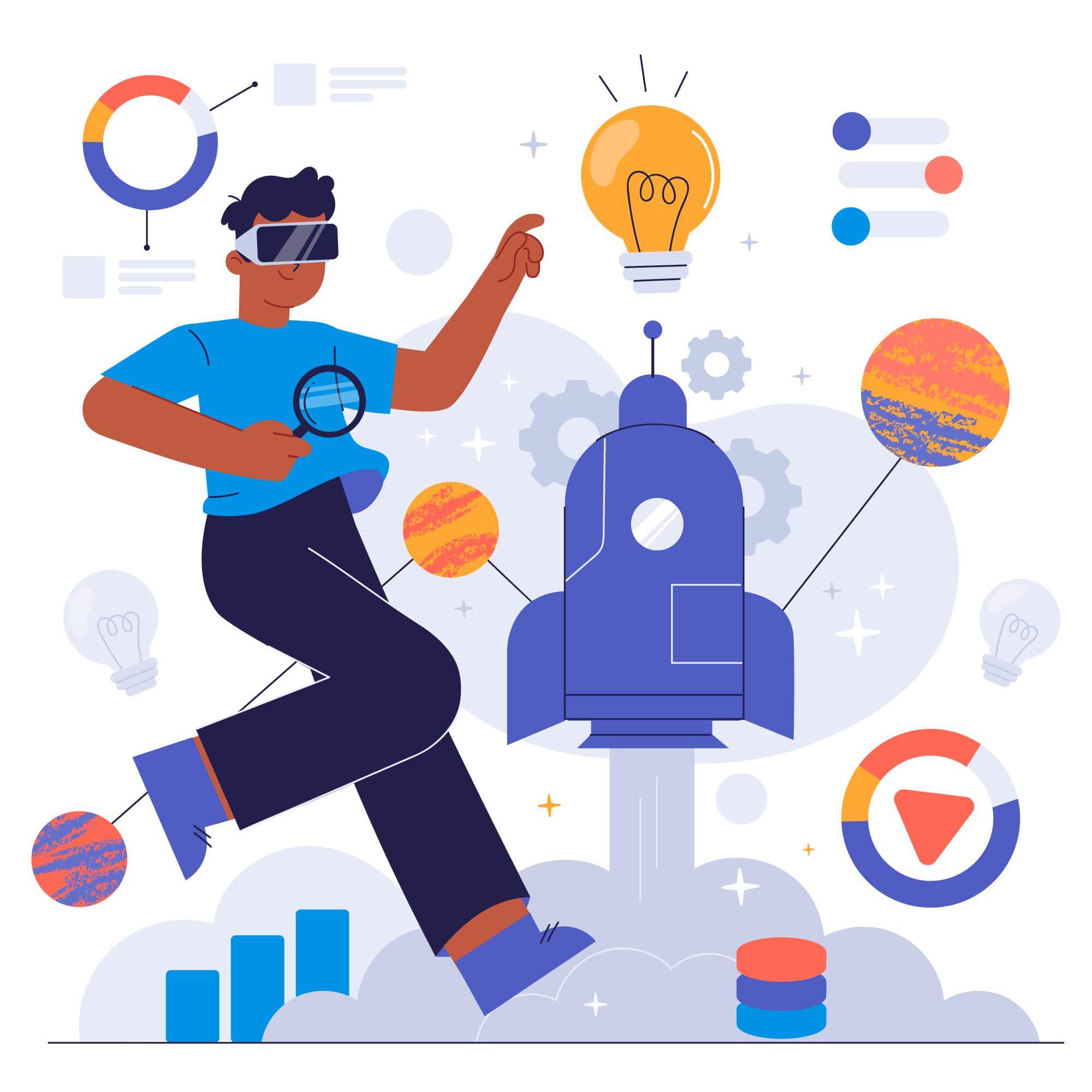
9.1 Defining Success Metrics
Choose measurable outcomes:
- User adoption rate
- Engagement levels
- Error rates
- Development velocity
9.2 Continuous Learning and Iteration
Use:
- Post-mortems after each release
- Retrospective reviews
- A/B tests for experimental features
10. Common Pitfalls and How to Avoid Them
10.1 Over-Engineering and Feature Bloat
Stick to the core problem. Every added feature should justify its cost.
10.2 Under-Delivering and Missed Market Fit
Don’t over-simplify. Users need to see value.
10.3 Ignoring Technical Debt
Shortcuts now can cripple agility later.
10.4 Poor Stakeholder Communication
Misalignment causes rework and frustration. Keep communication continuous and transparent.
11. Future Trends: Innovation and Feasibility in Emerging Technologies
11.1 AI, Blockchain, IoT, and Beyond
Emerging tech increases complexity. Use proof-of-concept tests to validate feasibility early.
11.2 Preparing for Rapid Technological Change
Foster adaptive teams that:
- Embrace learning
- Use modular, forward-compatible architectures
- Participate in continuous training
12. Implementation Roadmap for Product Teams
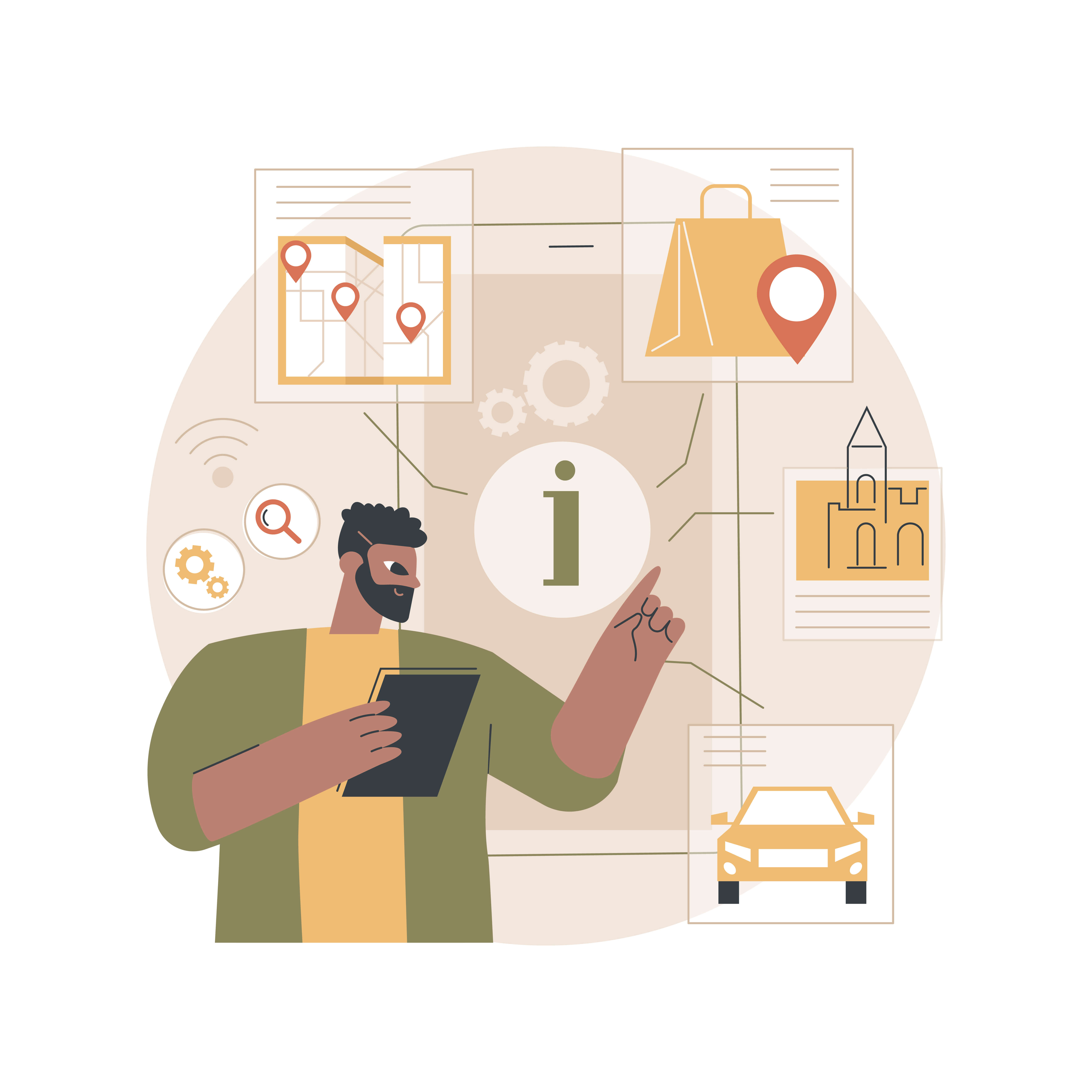
12.1 Step-by-Step Guide
- Assess current capabilities
- Select the right frameworks (OVP, DVF, etc.)
- Align team and stakeholders
- Build prototypes
- Launch and monitor
- Iterate and improve
12.2 Checklist for Ongoing Success
- Are users satisfied?
- Is the product technically stable?
- Are stakeholders aligned?
- Are we learning with each cycle?
If you're ready to take your MVP development to the next level, explore our dedicated MVP development service.
13. Conclusion
13.1 Summary of Key Points
Balancing innovation and feasibility in MVP design isn’t a one-time act. It’s a continuous discipline that requires strategy, collaboration, and iteration.
13.2 Final Recommendations for Teams
- Use structured frameworks early
- Prioritize features that align with user needs and team capacity
- Keep learning from data and user feedback
13.3 Encouragement for Continuous Balance and Innovation
Innovation without feasibility is fiction. Feasibility without innovation is forgettable. Balance them well, and your MVP becomes the launchpad for long-term success.
Ready to transform your MVP approach? Start with our comprehensive MVP services or dive deeper into advanced MVP strategies.

Advanced MVP Development Strategies: expert frameworks for MVP planning, metrics, risk mitigation, Agile execution, and scaling.

Discover best practices for risk assessment and mitigation frameworks in MVP development to ensure successful, efficient product validation.

Discover strategic approaches to MVP planning with this comprehensive framework, aligning business goals and user needs.

Learn what a Minimum Viable Product (MVP) is and how it can accelerate your startup's success with our comprehensive founder's guide

Learn how to create a successful MVP mobile app, including key steps, benefits, and real-world examples to guide your development process.